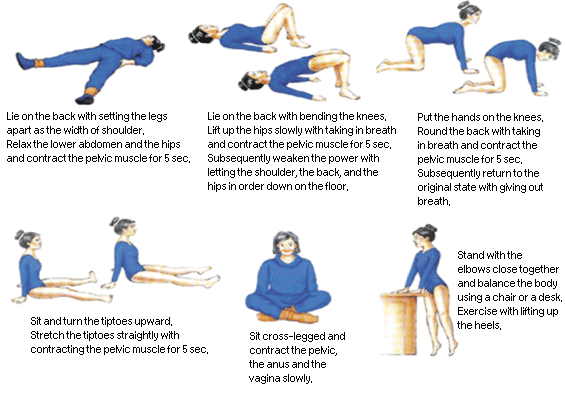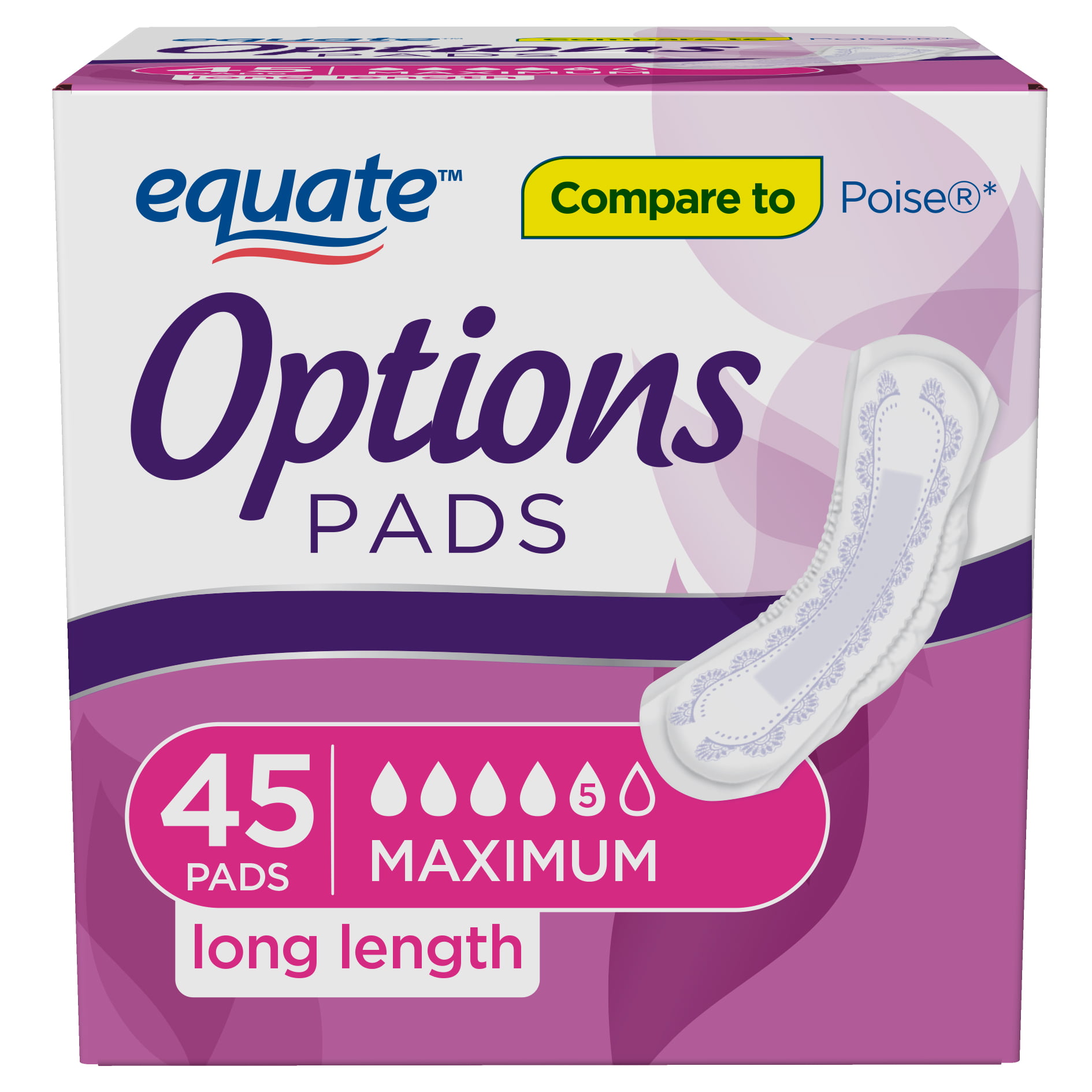
September 1, 2024
A Review Of Stress Incontinence
Stress And Anxiety Incontinence > Reality Sheets > Yale Medicine You may want to cut down on your overall fluid consumption to reduce bladder stress. The initial is that stress and anxiety produces the supposed fight-or-flight reaction that increases the level of sensitivity of the nerve system. Every person experiences this in response to stress and anxiety, however in people with OAB, basic reflexes such as bladder invalidating can end up being stimulated much more conveniently. Research study recommends that almost half of people with OAB experience signs and symptoms of anxiety, with virtually one-quarter having moderate-to-severe anxiousness. Those who experience anxiety as an outcome of OAB additionally have higher levels of anxiety and clinical depression than those who do not. In this video clip, a physiotherapist discusses how to do pelvic floor workouts.What Creates Urinary Incontinence?
- It's a sign of an issue that can improve with proper therapy.
- While anxiety and incontinence do not have to go together, it's easy to see how urinary incontinence can create anxiousness-- maybe even more anxiousness than you started with.
- The Burch procedure, the most typical suspension surgery, includes support to the bladder neck and urethra, lowering the risk of anxiety urinary incontinence.
- Make certain to empty your bladder prior to going to bed to assist stop pee leakage in the evening.
What is the best treatment for bladder leak?
Sex And Incontinence
One of the most usual surgical treatment to deal with stress incontinence in women is sling surgery. In sling surgical procedure for women, a surgeon overcomes the vaginal canal to place a strip of product in between the vagina and urethra. Symptoms most often get better with nonsurgical therapies.Surgical Treatment
Urinary system incontinence influences twice as lots of females as guys. The bladder has muscles that tighten up when you need to urinate. When the bladder muscle mass tighten up, pee is forced out of your bladder with a tube called the urethra. At the exact same time, sphincter muscle mass around the urethra kick back to allow the urine out of your body. Everybody might take advantage of reinforcing their pelvic flooring muscle mass with pelvic flooring exercises. Stress incontinence is usually the outcome of the weakening of or damage to the muscle mass made use of to prevent peeing, such as the pelvic flooring muscular tissues and the urethral sphincter. 

Social Links